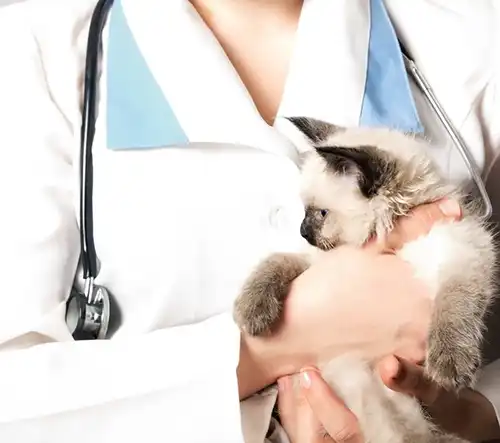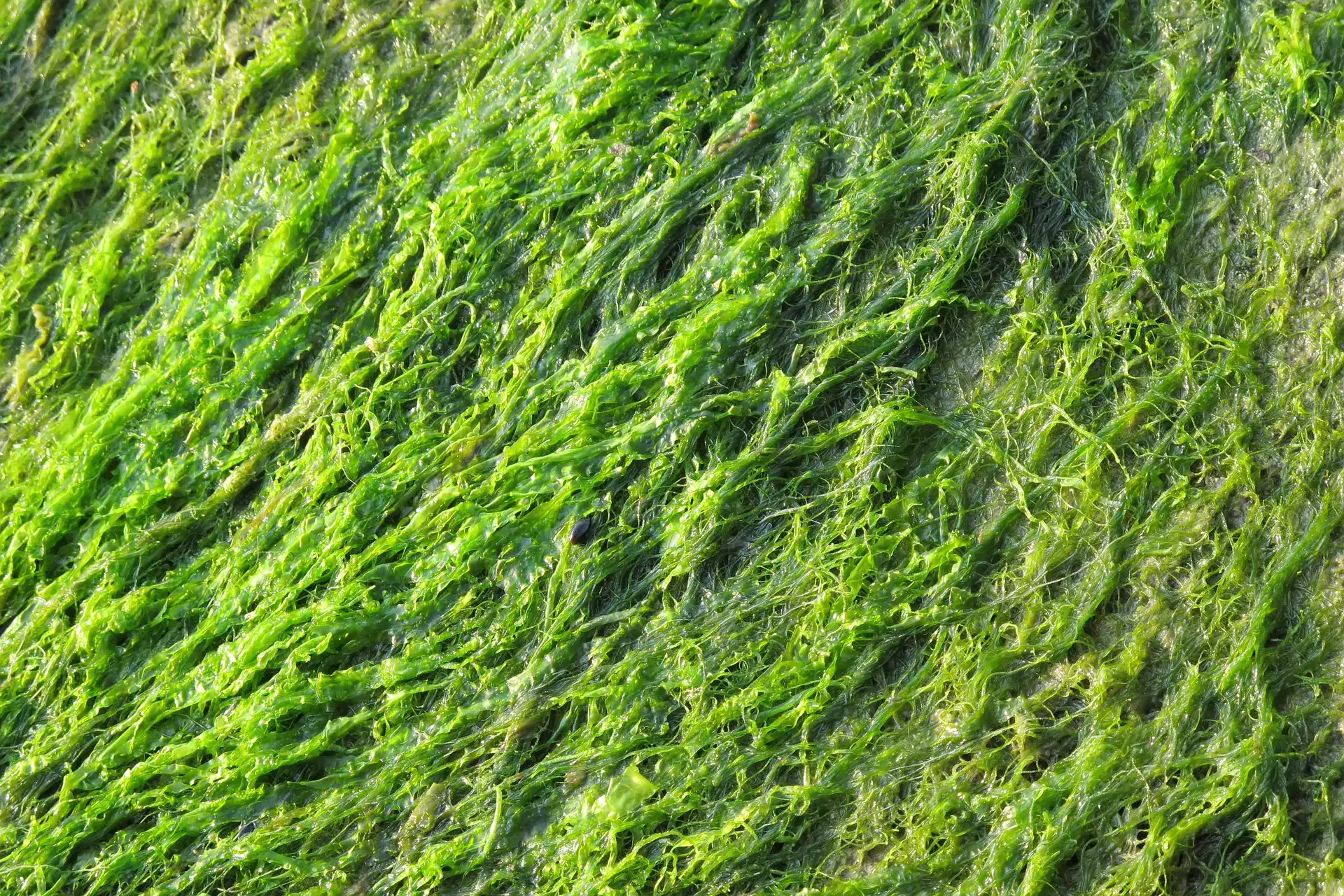April features some pretty enjoyable pet holidays and awareness events. We have Cat Lady Day, National Hug Your Dog Day, and Little Pampered Dog Day, to name a few. There are also a couple things on the calendar that aren’t that enticing. It’s Heartworm Awareness Month, for instance. Then there’sHairball Awareness Day. While hairballs aren’t the most entertaining topic, they’re pretty much purr for the course for many of our feline friends. A San Rafael, CA veterinarian provides some information about this below.
How Frequently Should Cats Throw Up Hairballs?
In a purrfect world, Fluffy would rarely–if ever–get hairballs. However, for most kitties, they are not uncommon. In fact, your pet probably gets them more frequently than either of you would prefer. The exact schedule might differ from kitty to kitty. However, we would probably say the normal range is about once every week or two. If your feline companion is having them more frequently than that, contact your veterinarian, as this could indicate a problem.
Can Wet Foods Help With Preventing Hairballs?
They aren’t likely to solve the issue, but they aren’t going to hurt, either. Cats digest wet food more quickly than they do dry food. The fact that everything will be moving a bit more quickly can help a bit here.
That being said, there are several factors to consider when determining whether to feed your feline friend wet food, dry food, or both. Ask your veterinarian for specific dietary recommendations for your feline companion.
Is There Anything I Can Do To Prevent Hairballs?
Actually, yes!
Brushing is at the top of our list. You’ll be collecting the dead fur with a brush before your feline friend swallows it. In addition, this helps Fluffy’s circulation. It’s also a good purr starter, and is good for bonding. Many cats love to be pampered!
Hairball prevention products are a pretty good weapon here. As the name implies, these are made just to prevent hairballs. However, before offering any supplements or goods, consult your veterinarian. Not every product is going to be appropriate for every cat.
You can also give your feline friend a can of tuna or sardines now and then; the oil in them can help a little. Just take care not to go overboard. (This also may not be appropriate for kitties that have certain medical problems, such as thyroid issues.)
Making sure Fluffy is hydrated is also critical. You might want to get her a fountain. Many kitties like to drink running water. (This may be because in the wild, standing water is more likely to be contaminated by parasites, algae, and/or bacteria.)
Aside from that, your veterinarian might suggest using pet jelly on Fluffy’s paw. She’ll lick it off when she cleans herself, providing her digestive system an extra boost. Just be sure to stick with vet-approved products.
Finally, keeping your furry little friend inside can help. Indoor pets are less exposed to seasonal weather fluctuations that trigger shedding. Fluffy also won’t be rolling around in dust or dirt. Plus, your little buddy will be much safer remaining indoors, where she will be shielded from vehicles, wild animals, and inclement weather.
Ask your San Rafael, CA veterinarian for purrticular guidance.
What Happens If My Feline Friend Cannot Throw Up Her Hairball?
It’s crucial to understand that hairballs aren’t always just an annoying nuisance. They can sometimes cause major medical problems. If a hairball becomes caught in your furry friend’s system and she is unable to throw it up in the usual manner, she could develop major medical issues. Intestinal obstructions and ruptures are not to be taken lightly. They are not only excruciatingly uncomfortable, but also potentially fatal.
Some of the things to look for include excessive, bloody, or frothy vomit; dry heaving; diarrhea; constipation; reduced appetite; withdrawal; and behavioral changes. Coughing can also be a warning sign.
Contact your San Rafael, CA veterinarian straight away if you spot any of these. Some of these symptoms could be suggestive of serious medical problems, so it’s critical to figure out what’s going on as quickly as possible. The sooner something is diagnosed and treated, the better!
Why Do Cats Get Hairballs
Hairballs have an official scientific name: trichobezoars. Fluffy’s habit of grooming herself is generally a pretty good upside to owning a cat. Our feline pals are extremely clean. Your furry little diva may spend up to one-third of her waking hours cleaning herself and making sure her pretty fur is nice and neat. Unfortunately, your furry friend will consume some of her own hair during the process. Kitties’ tongues are covered in microscopic hairs known as papillae. (This is why your cat’s tongue feels like sandpaper.) Those hairs are angled so that anything she swallows–including fur–slides down her throat.
We probably don’t have to tell you what happens next. Let’s just say it isn’t the most charming aspect of adopting a cat.
Does Fluffy Leave Hairballs In Certain Spots On Purrpose?
The jury is still out on this one. We can’t officially survey our feline companions, either.
Are Longhaired Cats Really Prone To Hairballs?
It appears so. A few fluffy felines, such as Maine Coons and Persians, for example, are particularly susceptible to them. It’s also true that some kitties with short fur sometimes have very thick coats, and are therefore also prone to hairballs.
If you have a fluffy feline on your hands (or on your lap), we recommend combing her on a regular basis. This will help to reduce snarls and tangles as well.
What Is The Proper Way To Brush Fluffy … Without Getting Myself Scratched?
Wait until your kitty companion is relaxed. (This probably won’t take long.) Then, begin petting her, always moving in the same direction as her fur. Wait until Fluffy starts her engine, and then slowly incorporate the brush.
Do not pull too hard! If your cat’s hair becomes knotted and you can’t get those snarls out easily with a detangling brush, you may need to trim them. Use only round-ended scissors. You can also use a plastic letter opener, the type that resembles a credit card with a section cut out.
You don’t want to force the situation. When your kitty decides she’s had enough, let her go. Of course, forcing your furry pal to submit will probably just get you scratched. Fluffy will also be a lot less willing to let you brush her next time.
You can sweeten the deal by providing your cute pet with plenty of attention and praise, as well as a tasty treat. (Catnip would not be unappreciated.)
Schedule An Appointment At Your Veterinary Clinic
Conclusion: While hairballs aren’t the best thing about having a cat, they’re not uncommon. However, it is critical to take steps to limit the number of hairballs your feline companion produces, as well as to recognize the warning indications that something more serious is going on.
Book An Appointment At Your San Rafael, CA Animal Clinic
Do you have any queries concerning your cat’s health or care? Please contact us at any time. As your local San Rafael, CA pet hospital, we are here to assist!







!Social Media Icons